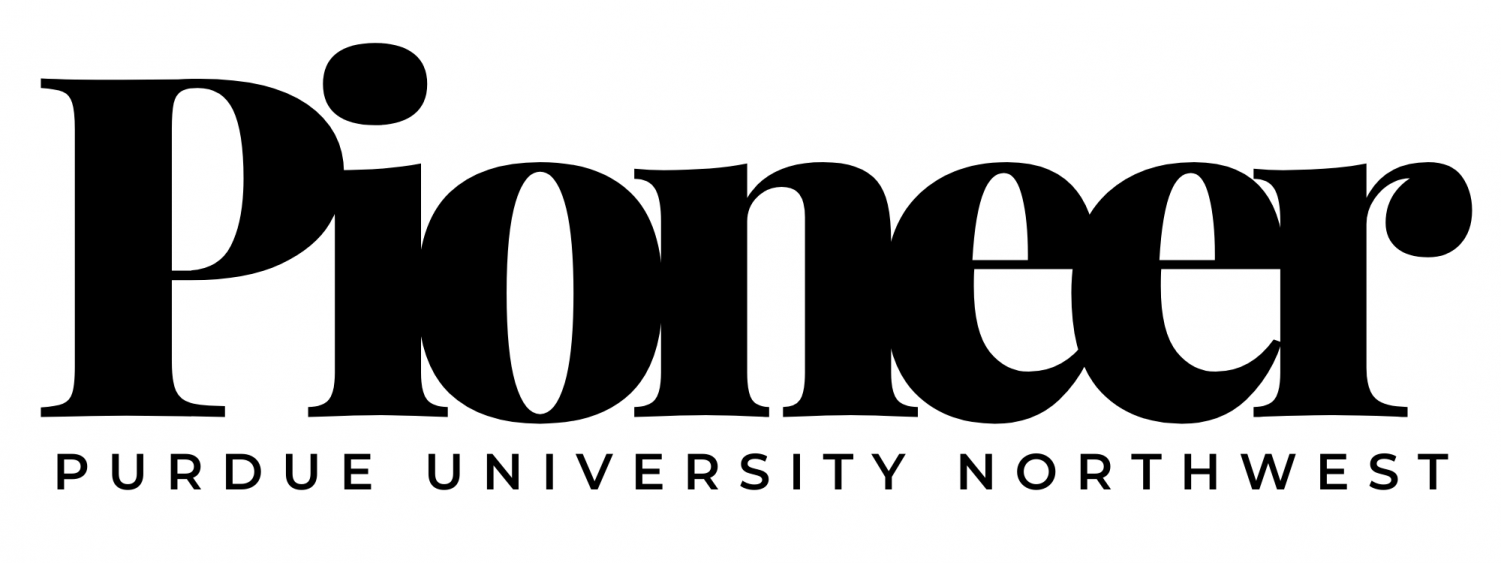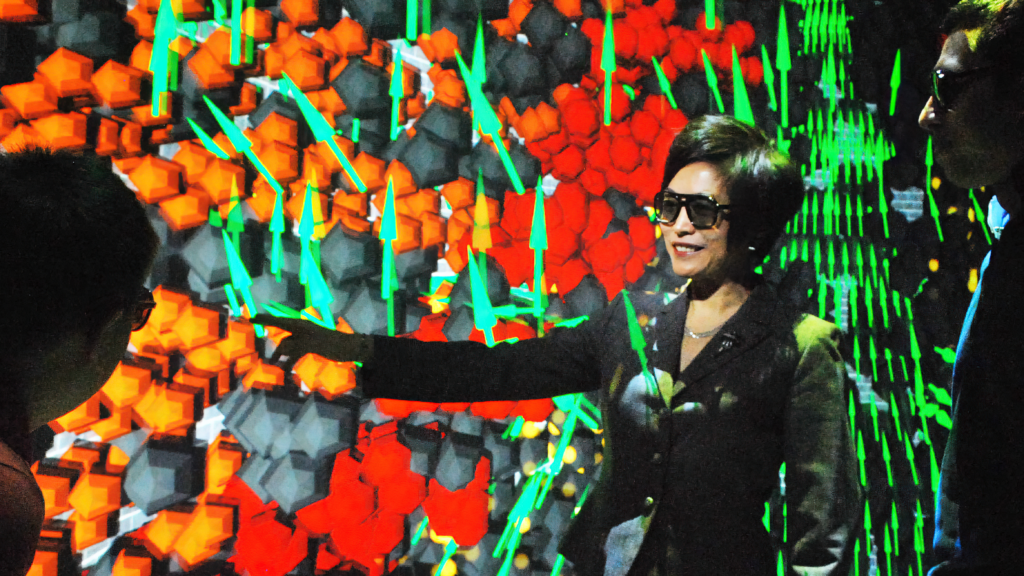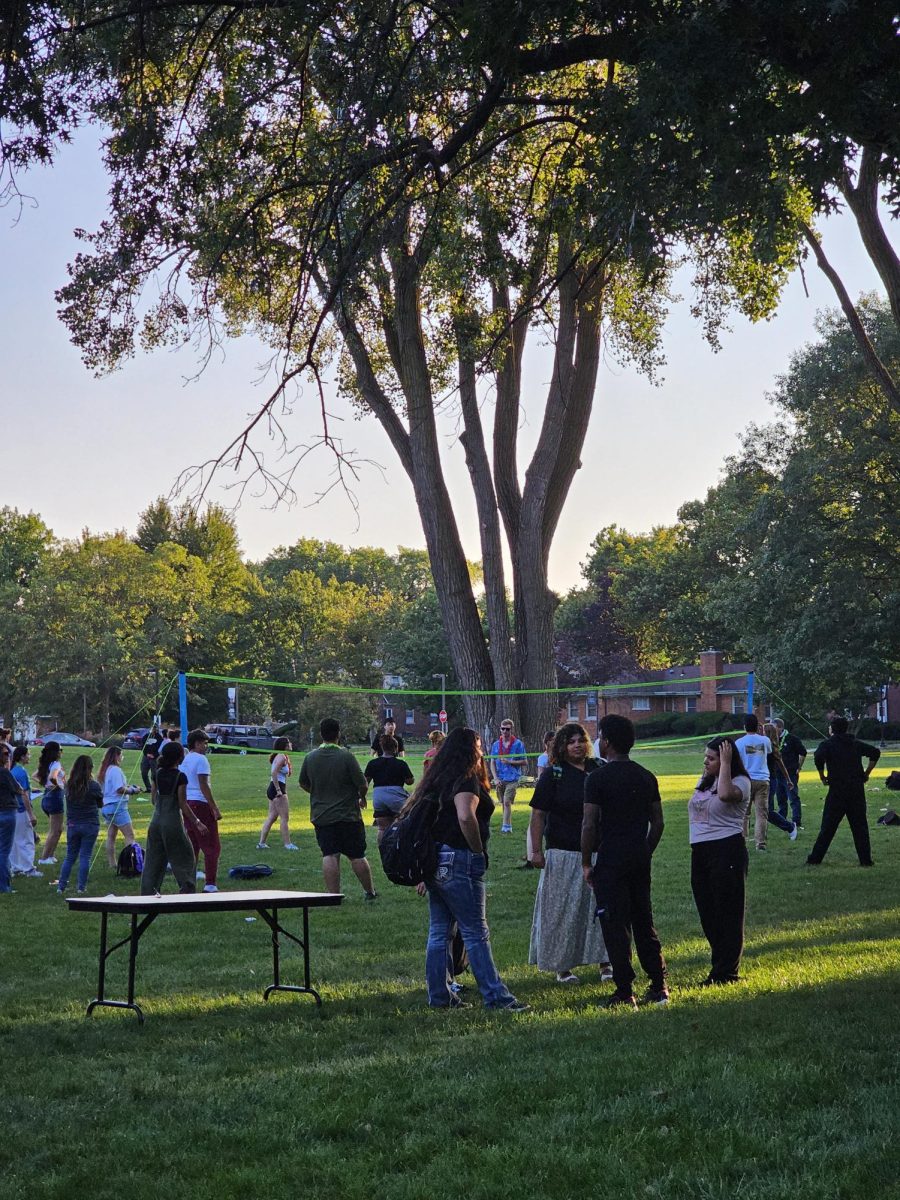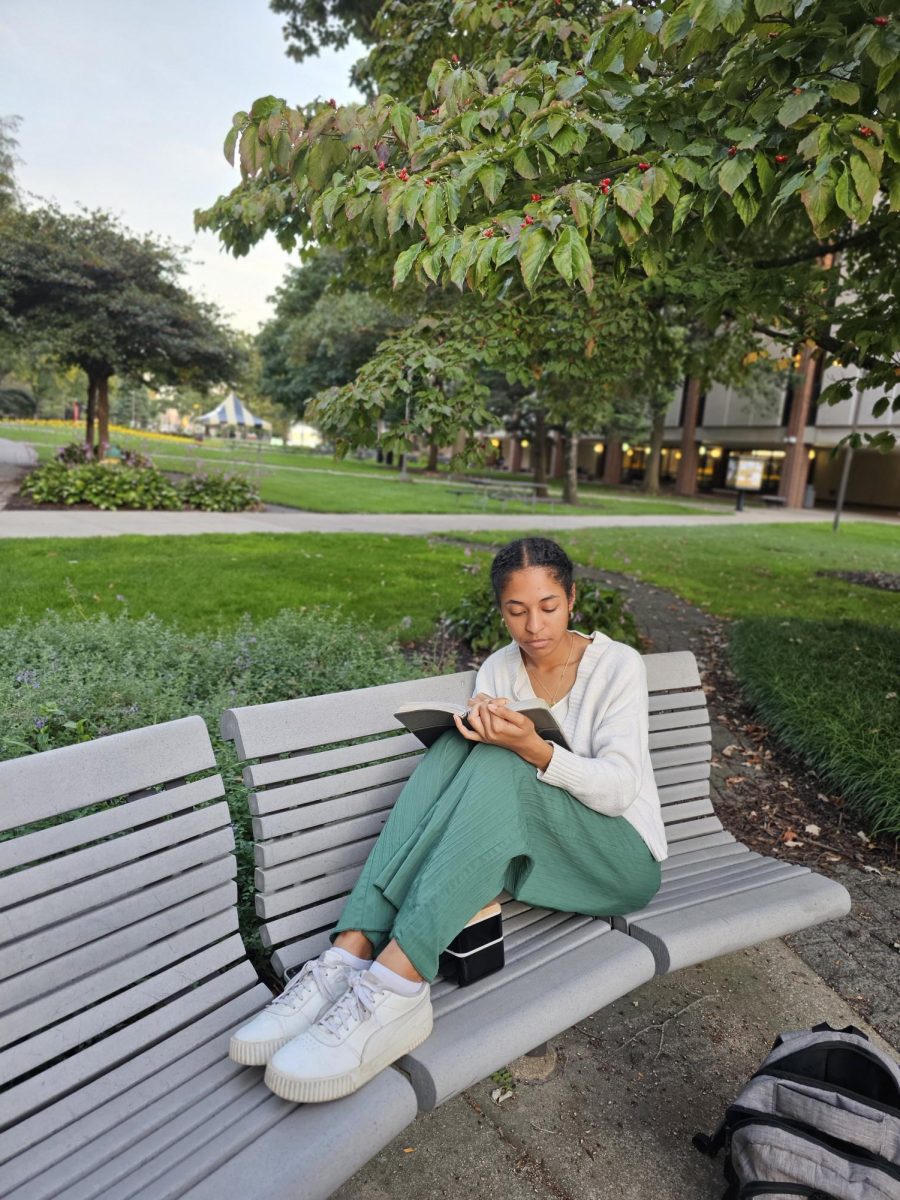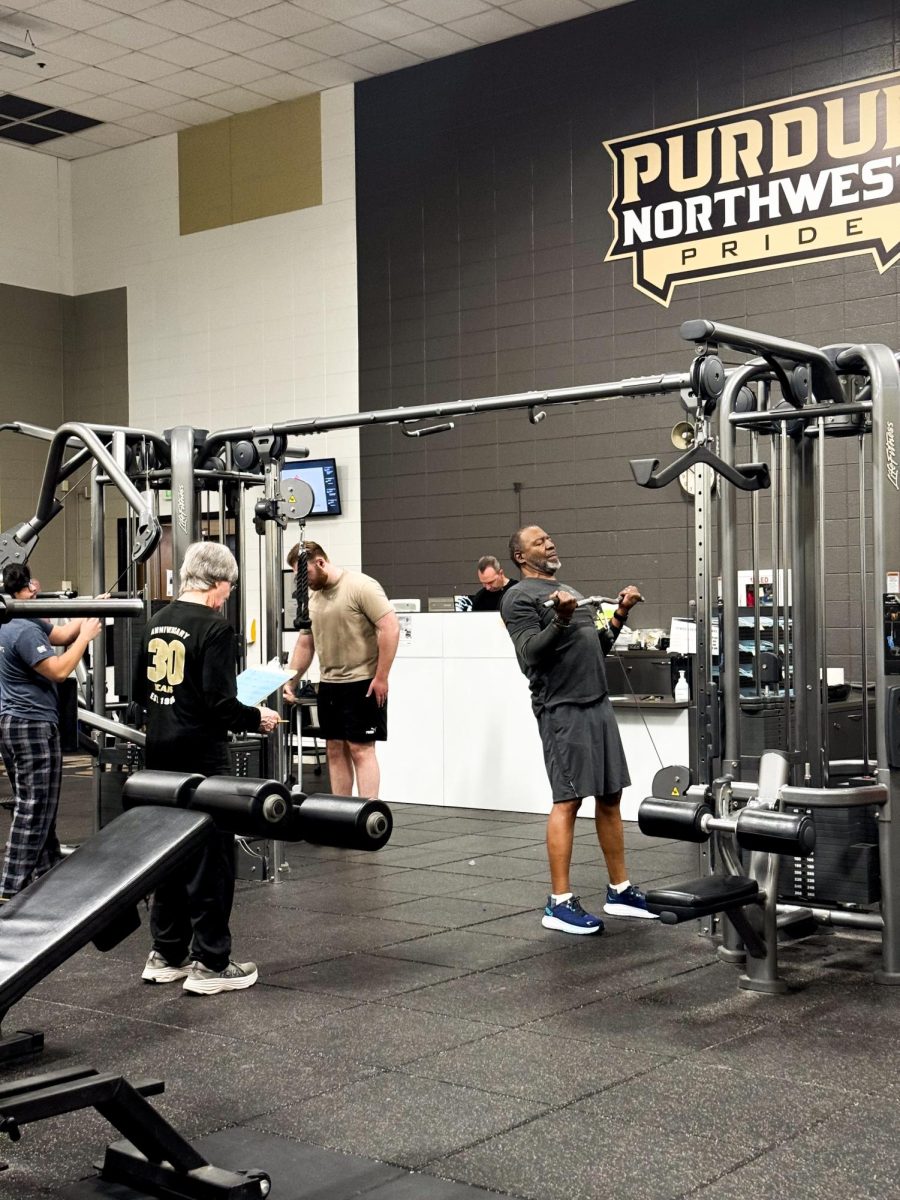The Center for Innovation through Visualization and Simulation is PNW’s secret weapon in the fight for research grants.
CIVS recently landed the university’s biggest research grant, a $10 million award from the U.S. Department of Energy, to research the development of a hydrogen-fired continuous reheating furnace that will help the steel industry meet reduced carbon emissions goals. That one grant equals what all of PNW typically gets in a year.
“In recent years PNW has been engaged in funded research of just over $10 million,” said Niaz Latif, associate vice chancellor for Commercialization and Research and former associate vice chancellor for Research and Graduate studies. “PNW is beginning to have a reputation of moving toward significant research as augmented by new faculty members, established centers, and new doctoral programs.”
In its latest assessment, the National Science Foundation ranked PNW sixth in research funding in Indiana, behind Indiana University Bloomington, Purdue University West Lafayette, University of Notre Dame, Indiana University-Purdue University Indianapolis, and Ball State University. PNW received more funding than Purdue University Fort Wayne, Butler University, Indiana State University, and Valparaiso University.
CIVS has been key to PNW’s attracting more research grants – and industry support.
The Energy Department project led to a CIVS partnership with ArcelorMittal, one of the nation’s largest steel producers; Cliffs, North America’s largest flat-rolled steel producer and supplier of iron ore pellets; Gerdau, a steel recycler; Linde, a chemical producer; Argonne National Laboratory, Oak Ridge National Laboratory, and the Steel Manufacturing Simulation and Visualization Consortium. This partnership will be looking to expand connections and improve equipment to take on further projects.
“CIVS has collaborated with more than 180 organizations,” said Chenn Zhou, director of CIVS. “None of them have only done so once.”
“When working with industries like Cliffs or Linde, we do research of computational fluid dynamics through our technologies, and the industries will provide us with sensory data, process experts and even testing labs,” said Tyamo Okosun, director of research for CIVS.
Latif said that being part of the partnership will help PNW.
“This large grant will attract researchers, students, and faculty members because of vibrant research environments created through funded research activities,” he said. “Outside funding provides students access to newer technology, as well as established technology for
application-based research.
In many instances, such applied research involves working with business and industry, which ultimately provides real-life research experience to our students while benefiting the relevant business and industry,” Latif said.
CIVS has a history of growing by adapting to new technologies. Before virtual reality simulations could broaden the applications of the research teams, they specialized in projects around computational fluid dynamics. After gaining access to new technologies, they find it assists both in conducting research and presenting their research to industry managers and potential grant givers.
“The advantage of using visualization is to make complicated mathematics easier to understand,” Zhou said.
CIVS has also created opportunities for students.
“The resources and grants provide graduate students to be paid for work that will also contribute to their thesis,” Okosun said.
In August, students Imran Syed, Misbahuddin Husaini Syed, and Pavan Kumar Vemula earned grants for their projects under CIVS, and CIVS senior research scientist Jack Moreland earned a grant for designing virtual reality safety training for the steel industry.
CIVS is planning on working towards similar projects, such as reducing iron oxide byproducts in steel production and steel production using electrosynthesis.
“Receiving this large grant is the result of PNW’s continued research and demonstrated research outcomes in the field related to the steel industry,” Latif said. “One advantage of research funding is that it provides equipment and materials needed to establish state-of-the-art facilities to conduct further research in the field.”

